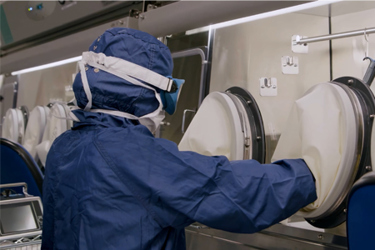Contamination Control Strategies: Comparing Cleanrooms, RABS, And Isolators

Manufacturing modern sterile drug products often requires aseptic processing, as many biologically derived materials can't be sterilized after final packaging. This process involves individually sterilizing components and combining them in an environment designed to prevent contamination.
Pharmaceutical manufacturers primarily rely on three Contamination Control Strategies (CCSs) to ensure this sterile environment: Cleanrooms, Restricted Access Barrier Systems (RABS), and Isolators. Each strategy offers different balances in terms of control efficacy, startup costs and timelines, and operational flexibility.
Cleanrooms, the traditional method, have lower initial costs but offer the least control due to direct operator access to the critical zone. RABS provide a true barrier, bridging the cost and control gap between cleanrooms and Isolators. Isolators offer the most stringent control by providing a fully contained environment that uses automated sterilization and is ideal for highly potent materials, but they have the highest startup cost and are less flexible for product changeover.
Choosing the right CCS is a critical decision that balances cost, timeline, and contamination risk. Dive deeper into the strengths and weaknesses of each system to find the right fit for your product stream.
Get unlimited access to:
Enter your credentials below to log in. Not yet a member of Pharmaceutical Online? Subscribe today.
